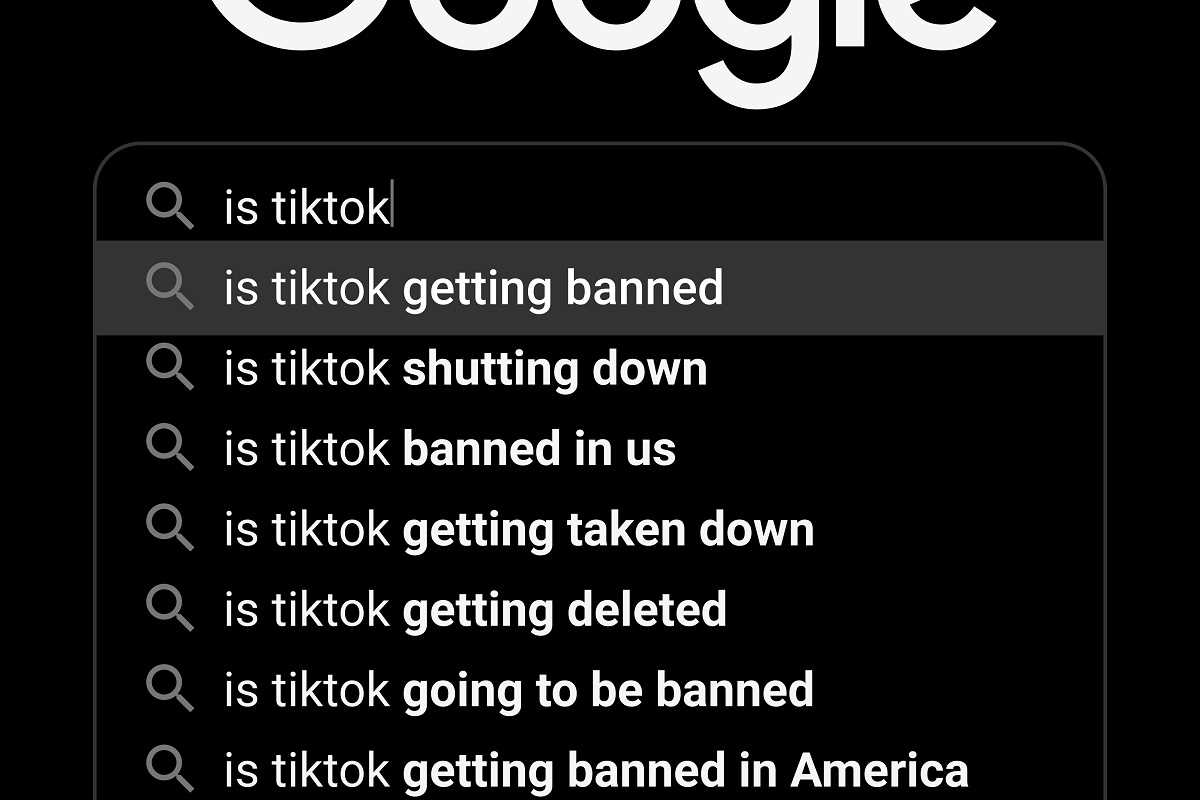Getting a seasonal windfall, like a bonus from your job or a tax refund, can feel like hitting the jackpot. Suddenly, you have extra money in your pocket that you weren’t counting on. It’s tempting to splurge on new clothes, fancy gadgets, or even a weekend getaway. But what if you could stretch that cash and make it work for you in the long run? By planning wisely, you can turn that short-term financial boost into long-term gains. Keep reading to learn how to make the most of a seasonal windfall!
Step 1: Don’t Spend It Right Away
The first thing you should do when you receive extra money is pause. It might sound boring, but take a breath and put the cash somewhere safe, like your savings account. This gives you time to figure out the best way to use it instead of rushing into an impulse purchase.
For example, imagine you get a $1,000 tax refund. Instead of heading straight to the mall or ordering the latest iPhone, stash it away for a week or two while you consider your options. Taking the time to plan allows you to spend smarter.
Step 2: Understand Your Financial Goals
Everyone has different financial goals. Before you decide what to do with your windfall, it helps to think about your own money goals. Are you saving for college? Do you want to pay off debt? Maybe you’d like to invest so your money can grow over time.
Break these goals into two categories:
- Short-term goals: Things you want to achieve soon, like buying a car or going on a trip.
- Long-term goals: Goals that take more time, such as building a retirement fund or buying a house.
A clear understanding of your priorities can help you decide the smartest way to use your windfall.
Step 3: Build or Boost Your Emergency Fund
Do you have an emergency fund? If not, this is a great place to start. An emergency fund is money set aside to handle unexpected expenses, like a car repair or medical bill. It helps you avoid going into debt when life throws a curveball.
Experts recommend having at least three to six months’ worth of living expenses saved up. For example, if your monthly expenses are $1,500, aim for $4,500 to $9,000 in your emergency fund. If that feels overwhelming, don’t worry—just start small. Even setting aside a few hundred dollars creates a safety net. Putting part of your windfall into an emergency fund is a smart first step.
Step 4: Pay Off High-Interest Debt
High-interest debt, like credit card debt, can be a huge financial burden. Interest builds up quickly, making it harder to pay off over time. If you have lingering credit card balances, consider using your bonus or refund to knock down some of that debt.
Here’s how it works. Imagine you owe $2,000 on a credit card with a 20% interest rate. By paying off $500 with your windfall, you’ll save hundreds of dollars in interest over time. Plus, fewer monthly payments means more room in your budget.
Step 5: Invest for the Future
Investing might sound complicated, but it’s one of the best ways to make your money grow. When you invest, your money earns money—also called “compounding.” Over time, even a small investment can turn into a much larger sum.
Where can you invest? Here are a few beginner-friendly options:
- A retirement account, like a 401(k) or IRA: These accounts allow your money to grow tax-free or tax-deferred, meaning you keep more of the profits.
- Index funds: These are collections of stocks that track the performance of a specific market, like the S&P 500. They’re easy to invest in and come with lower fees.
- Robo-advisors: These are online platforms that automatically invest your money based on your financial goals and risk tolerance.
For example, if you invest $1,000 in an index fund that gives an average return of 8% per year, it could grow to over $2,000 in just nine years. That’s the power of investing!
Step 6: Budget for the Fun Stuff
Of course, you don’t have to put all of your windfall into savings and investments. It’s okay to treat yourself—but do it responsibly. A good rule of thumb is the 50/30/20 rule for windfalls:
- 50% goes to savings or investments.
- 30% goes toward current financial needs, like paying off debt.
- 20% is yours to enjoy guilt-free. Use it for a fun activity, shopping spree, or whatever makes you happy.
For example, if you get a $2,000 bonus, you could save $1,000, pay off $600 in debt, and use $400 for fun. This way, you’re being responsible with your money while enjoying a little reward.
Step 7: Invest in Yourself
Investing in yourself is just as important as building wealth. Use a portion of your windfall to learn a new skill, take an online class, or attend a workshop. This can help you increase your earning potential in the long run.
For example, suppose you spend $200 of your windfall on an online course that teaches basic coding. Later, you use that skill to land a higher-paying job. That small investment in your education can generate big financial returns in the future.
Step 8: Give Back
Finally, consider using part of your windfall to give back to your community. Donating to a cause you care about, supporting a local nonprofit, or helping someone in need can be incredibly fulfilling. Plus, donations to registered charities are often tax-deductible, which can save you money when tax season rolls around.
For example, if you donate $100 to a food bank, that money helps provide meals to families in need. And if you itemize deductions on your tax return, you could get some of that money back.
Practical Example of a Smart Windfall Strategy
Imagine this scenario: Kayla gets a $1,500 tax refund. Here’s how she decides to use it:
- $750 to savings: Kayla adds to her emergency fund to cover three months of rent and groceries.
- $400 to pay off debt: She uses part of her refund to pay down a high-interest credit card balance.
- $200 to invest: Kayla starts an index fund to grow her money over time.
- $150 for fun: She treats herself to a pair of tickets to her favorite band’s concert.
By breaking her windfall into pieces, Kayla balances saving for the future with enjoying her money today.
Seasonal windfalls, like bonuses and tax refunds, can provide an exciting boost to your finances. But instead of blowing through the money in a flash, you can turn it into long-term financial stability with smart planning. Whether you’re building an emergency fund, paying off debt, or investing, each step gets you closer to your goals.
And don’t forget—it’s also okay to have a little fun with your windfall! The key is to find the right balance between spending wisely and enjoying the moment. With some thoughtful decisions, your seasonal windfall could become the start of a strong financial future.







